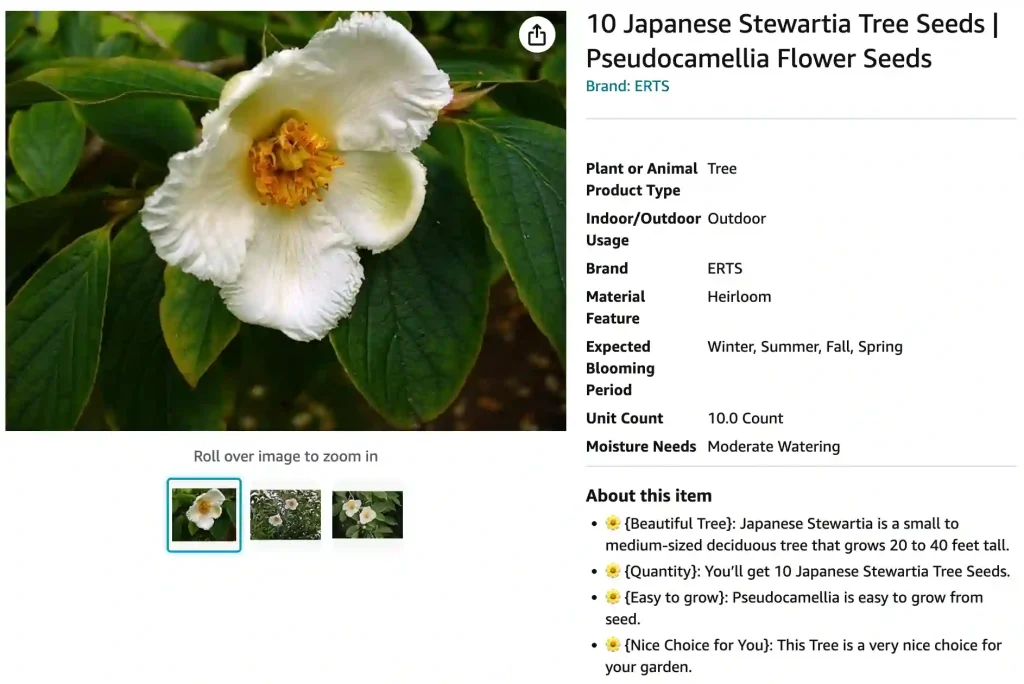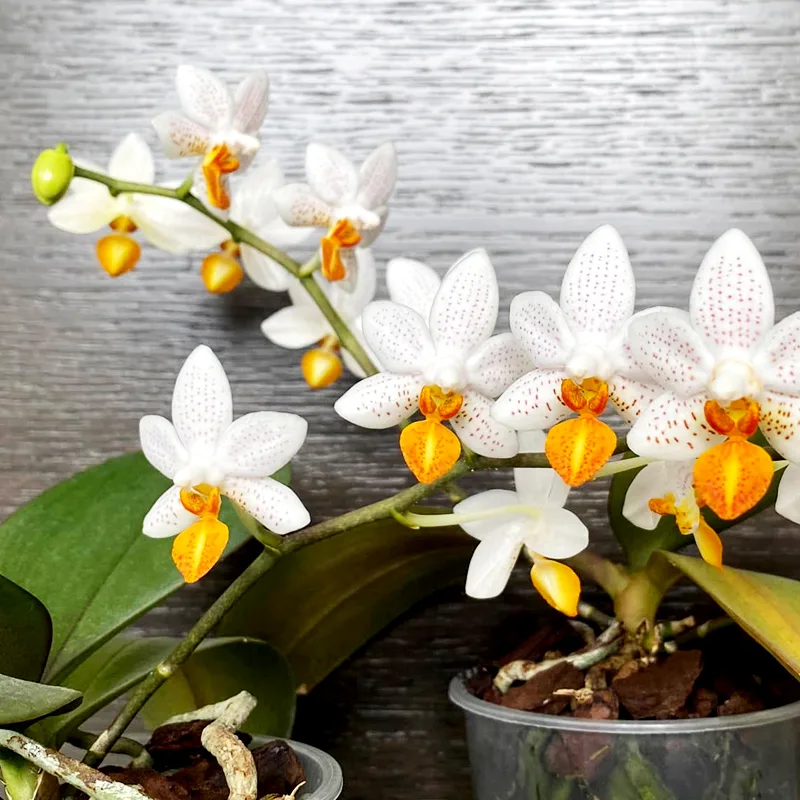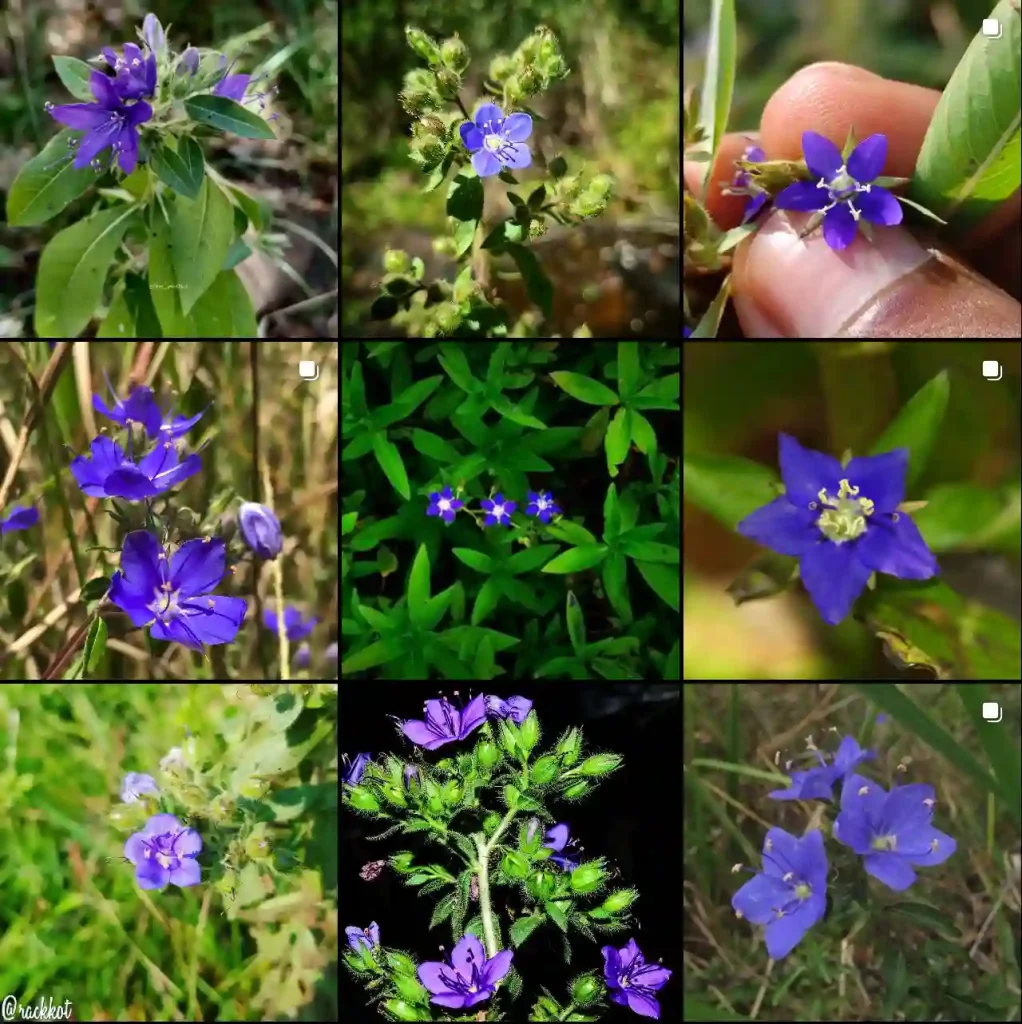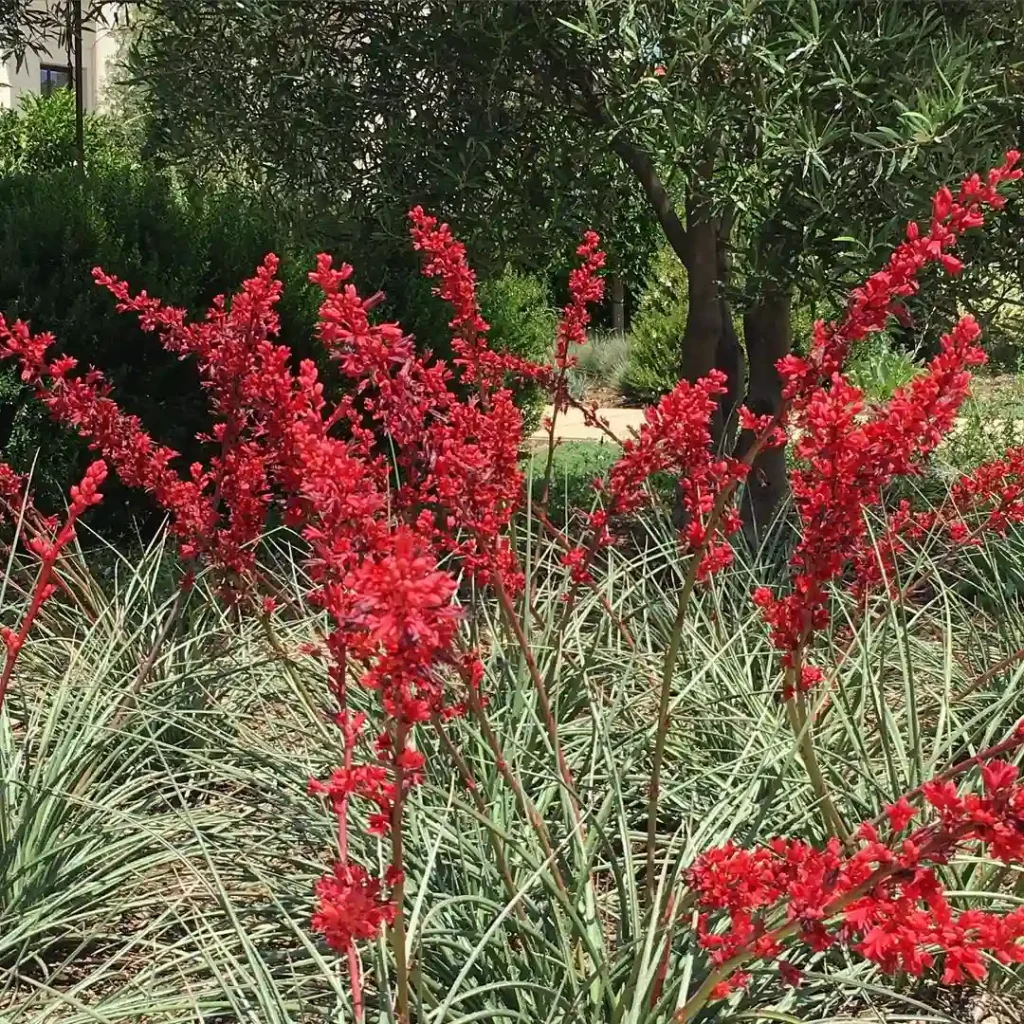
Stewartia Pseudocamellia: FAQs and More
If you’re considering adding Stewartia Pseudocamellia to your garden, you likely have a few questions about its care and characteristics. This beautiful tree, often admired for its camellia-like blooms and striking bark, is a fantastic addition to any landscape. Here, I’ll cover some frequently asked questions and provide insights based on my experiences with this captivating plant.
22 Species in Genus Stewartia
How to Prune Stewartia Pseudocamellia?
Pruning Stewartia Pseudocamellia is essential for maintaining its shape and encouraging healthy growth. I find that the best time to prune is late winter or early spring, before new growth begins. This timing helps prevent the tree from bleeding sap, which can be a problem if you prune too late in the season.
When pruning, focus on removing any dead, damaged, or crossing branches. This helps improve air circulation and light penetration, which can reduce the risk of disease. Be cautious not to over-prune, as Stewartia Pseudocamellia has a naturally elegant shape that can be easily lost if you remove too much. Aim to preserve the tree’s natural form while removing any unnecessary growth.
When to Plant Stewartia Pseudocamellia?
The best time to plant Stewartia Pseudocamellia is in the fall or early spring. Planting in these seasons allows the tree to establish its root system before the stress of summer heat or winter cold. I’ve found that this timing helps the tree acclimate and develop a strong foundation for future growth.
Choose a location with well-drained soil and partial shade to full sun. While Stewartia Pseudocamellia can tolerate various soil types, it thrives best in acidic to neutral soil. Make sure to dig a hole twice as wide as the root ball and amend the soil with organic matter to improve drainage and fertility.
How to Care for Stewartia Pseudocamellia?
Caring for Stewartia Pseudocamellia involves a few key practices. Regular watering is crucial, especially during the first few years as the tree establishes itself. I recommend keeping the soil consistently moist but not waterlogged. Mulching around the base can help retain soil moisture and keep weeds at bay.
Fertilize the tree in early spring with a balanced, slow-release fertilizer. This will provide the necessary nutrients for healthy growth and abundant blooms. Additionally, monitor the tree for pests and diseases, and address any issues promptly to prevent significant damage.
Is Tree Japanese Stewartia Pseudocamellia Powdery Mildew?
Powdery mildew is a common issue for many plants, but Stewartia Pseudocamellia is relatively resistant to it. In my experience, powdery mildew is not typically a major problem for this tree. However, maintaining good air circulation and avoiding overhead watering can help prevent any fungal diseases from taking hold. If you do notice powdery mildew, a fungicide treatment can help manage the problem.
Stewartia Pseudocamellia vs Koreana
When comparing Stewartia Pseudocamellia with Stewartia Koreana, there are a few distinct differences to note. Stewartia Pseudocamellia is known for its larger, white to pink flowers and exfoliating bark that reveals a beautiful orange-brown color. It generally grows to a height of 15 to 25 feet.
On the other hand, Stewartia Koreana, also known as Korean Stewartia, typically has smaller, white flowers with a slightly different bark texture. It tends to be a bit smaller, reaching around 10 to 20 feet in height. Both trees offer excellent ornamental value, but if you’re looking for a more compact option, Stewartia Koreana might be the better choice.
What to Plant With Stewartia Pseudocamellia?
Stewartia Pseudocamellia pairs beautifully with a variety of companion plants. I recommend planting it alongside shade-tolerant groundcovers like hostas or astilbes. The tree’s elegant flowers and bark contrast nicely with these low-growing plants. Additionally, consider adding evergreen shrubs such as azaleas or rhododendrons to provide year-round interest and complement the Stewartia’s seasonal display.
Can You Grow Stewartia Pseudocamellia Indoors?
Stewartia Pseudocamellia is primarily an outdoor tree and doesn’t adapt well to indoor environments. It requires ample light, space, and a specific temperature range that is challenging to replicate indoors. If you’re interested in indoor plants, you might want to explore other species that are more suited to indoor conditions.
Is Stewartia Pseudocamellia Toxic?
Good news for pet owners: Stewartia Pseudocamellia is not toxic to pets. This makes it a safe choice for gardens where animals roam. However, as with any plant, it’s always wise to monitor pets to ensure they don’t chew on or ingest large quantities of foliage.
Benefits of Stewartia Pseudocamellia
Stewartia Pseudocamellia offers several benefits for your garden. Its stunning blooms add a touch of elegance, while its exfoliating bark provides year-round visual interest. The tree’s moderate size makes it suitable for various garden spaces, and its resistance to pests and diseases makes it relatively low-maintenance.
Common Problems with Stewartia Pseudocamellia
Aside from the occasional powdery mildew, Stewartia Pseudocamellia is generally a hardy tree. However, it can be susceptible to issues such as root rot if planted in poorly drained soil. Ensuring good drainage and proper care can help mitigate these problems. Additionally, watch out for aphids and scale insects, which can occasionally affect the tree.
How to Propagate Stewartia Pseudocamellia?
Propagation of Stewartia Pseudocamellia is typically done through seed or semi-hardwood cuttings. I’ve found that seeds can be a bit challenging to germinate, requiring stratification to break dormancy. Cuttings should be taken in late summer and treated with rooting hormone before being planted in a moist, well-drained medium.
Stewartia Pseudocamellia is a beautiful and rewarding tree to grow. With the right care and attention, it can enhance any garden with its striking flowers and bark. If you have any more questions or need further advice, feel free to ask!
If i die, water my plants!



